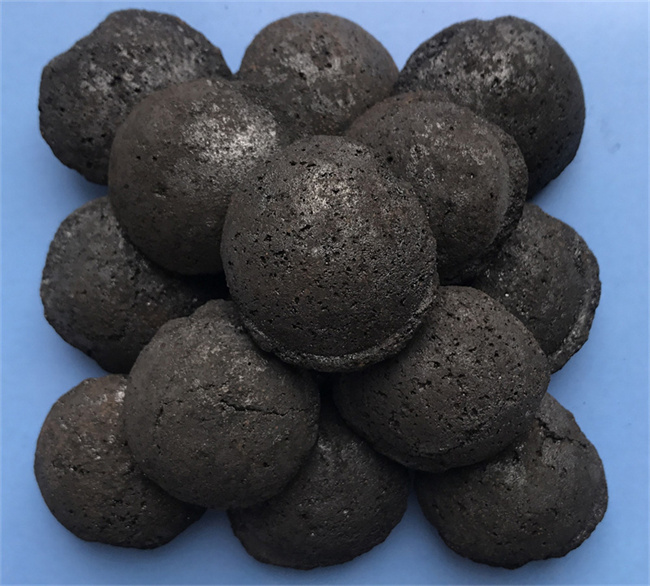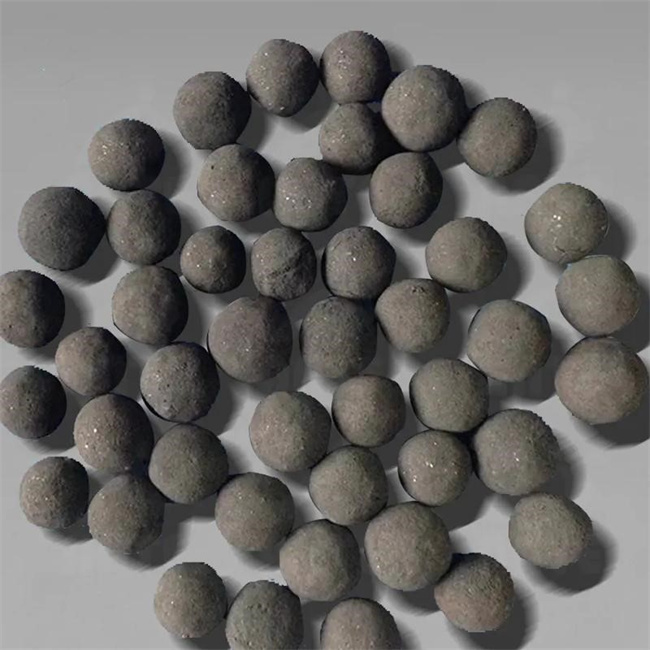Micro-electrolysis treatment technology units can be used as standalone treatment methods or as a pretreatment process for biological treatment, facilitating sludge sedimentation and biofilm formation. With the launch of new products, while users are certainly concerned about effectiveness, they also pay close attention to product price. Below, we will explain the market price of this product and the basis for its pricing, and compare the usage cost of the new-type filler with that of traditional fillers.

I. Traditional Fe-C Bed Micro-electrolysis Filler
I. Traditional Fe-C Bed Micro-electrolysis Filler
Iron Shavings/Swarf (Approx. 2% Carbon Content): Current market prices fluctuate around 3,000 RMB/ton. The bulk density is approximately 3.5~4.0 tons/cubic meter, resulting in a market price of about 10,000~12,000 RMB/cubic meter.
Duration of Initial Treatment Effectiveness: Can only be maintained for 1~2 months.
Problems: Causes hardening, passivation, and iron sludge blockage, damaging equipment. Frequent replacement of new filler is required, leading to shockingly high actual operating costs.
II. Fe-C Bed Micro-electrolysis New-Type Filler:
Raw Materials: 99% high-purity iron powder, high-purity carbon powder, various active metals, etc.
Process: Involves highly difficult high-temperature sintering. The process requires sintering the iron powder while preserving the carbon powder, and simultaneously generating countless micropores on the surface of the structured filler. This maximizes the specific surface area, significantly enhances the micro-electrolysis effect, and facilitates biofilm formation.
Price Calculation: Considering the recent significant increase in market prices for high-purity iron powder and carbon powder, combined with labor costs and energy consumption during processing, the price is preliminarily set between 12,000~15,000 RMB/cubic meter.
Consumption of New-Type Filler: Only requires a small annual replenishment. It avoids the hassle and the three major problems (hardening, passivation, blockage) associated with traditional filler replacement. Furthermore, it causes less damage to equipment. Compared to traditional filler, the new-type filler offers an extended service life in practical use, reduces equipment wear and tear, prolongs equipment lifespan, and eliminates the need for significant labor to replace filler, saving on labor costs. Overall, it results in substantial cost savings compared to using traditional filler.

Micro-electrolysis for Wastewater Treatment: Micro-electrolysis technology is currently an ideal process for treating high-concentration organic wastewater, also known as the internal electrolysis method. New-Type Activated Catalytic Micro-electrolysis Filler: Iron and carbon are integrated into one unit, preventing passivation and hardening, ensuring long-lasting, high-efficiency performance. Annual consumption replenishment is only about 15%; complete filler replacement is unnecessary.



